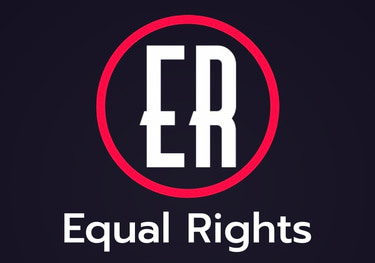Addressing Racial Disparities in Oregon's Education System
Kylo B
4/19/2024
Addressing Racial Disparities in Oregon's Education System
Racial disparities persist in Oregon's education system, reflecting broader inequities in society.
These disparities have profound impacts on student outcomes, perpetuating systemic inequalities.
In this article, we examine the factors contributing to racial disparities in Oregon's education system and explore strategies for addressing these disparities to ensure equitable opportunities for all students.
Understanding Racial Disparities
Racial disparities in education refer to unequal outcomes and experiences based on race or ethnicity.
In Oregon, students of color, particularly Black, Indigenous, and Latinx students, face persistent disparities in academic achievement, graduation rates, discipline rates, and access to advanced coursework compared to their white peers.
Factors Contributing to Racial Disparities
Funding Inequities: Disparities in school funding based on property taxes contribute to resource disparities between schools serving predominantly white versus racially diverse communities.
Discriminatory Practices: Implicit bias, cultural insensitivity, and discriminatory discipline practices disproportionately impact students of color, leading to higher suspension and expulsion rates.
Lack of Culturally Relevant Curriculum: Curriculum often fails to reflect the diverse experiences and histories of students of color, leading to disengagement and alienation.
Opportunity Gaps: Limited access to advanced coursework, extracurricular activities, and support services create opportunity gaps for students of color.
Socioeconomic Factors: Poverty and economic instability disproportionately affect communities of color, impacting educational outcomes and access to resources.
Impacts of Racial Disparities
Racial disparities in education have far-reaching consequences:
Academic Achievement Gap: Students of color often perform below grade level compared to white peers, impacting long-term educational attainment and career opportunities.
School-to-Prison Pipeline: Harsher disciplinary practices contribute to higher rates of involvement with the juvenile justice system among students of color.
Inequitable Access: Limited access to quality education perpetuates cycles of poverty and exacerbates social and economic disparities.
Strategies for Addressing Racial Disparities
Equitable Funding: Reforming school funding mechanisms to ensure equitable distribution of resources to schools serving racially diverse communities.
Culturally Responsive Teaching: Implementing culturally relevant curriculum and pedagogy that reflect diverse perspectives and histories.
Implicit Bias Training: Providing professional development and training to educators to recognize and address implicit bias in classroom practices and discipline.
Community Engagement: Engaging families, communities, and stakeholders in decision-making processes to promote equity and inclusion.
Supportive Services: Investing in wraparound services such as counseling, mental health support, and family outreach to address non-academic barriers to success.
Promising Practices & Success Stories
Ethnic Studies Programs: Implementing ethnic studies programs that empower students to explore their identities and histories.
Restorative Practices: Adopting restorative justice approaches to discipline that prioritize healing and reconciliation over punitive measures.
Collaborative Partnerships: Building partnerships with community organizations and institutions to provide holistic support for students of color and their families.
Addressing racial disparities in Oregon's education system requires comprehensive and sustained efforts to dismantle systemic barriers and promote equity.
By addressing funding inequities, implementing culturally responsive practices, and fostering community collaboration, we can create a more inclusive and equitable educational environment where all students have the opportunity to thrive and succeed regardless of race or ethnicity.
It is imperative that policymakers, educators, families, and communities work together to prioritize racial equity and ensure that every student receives a high-quality education that honors their identity, strengths, and potential.
